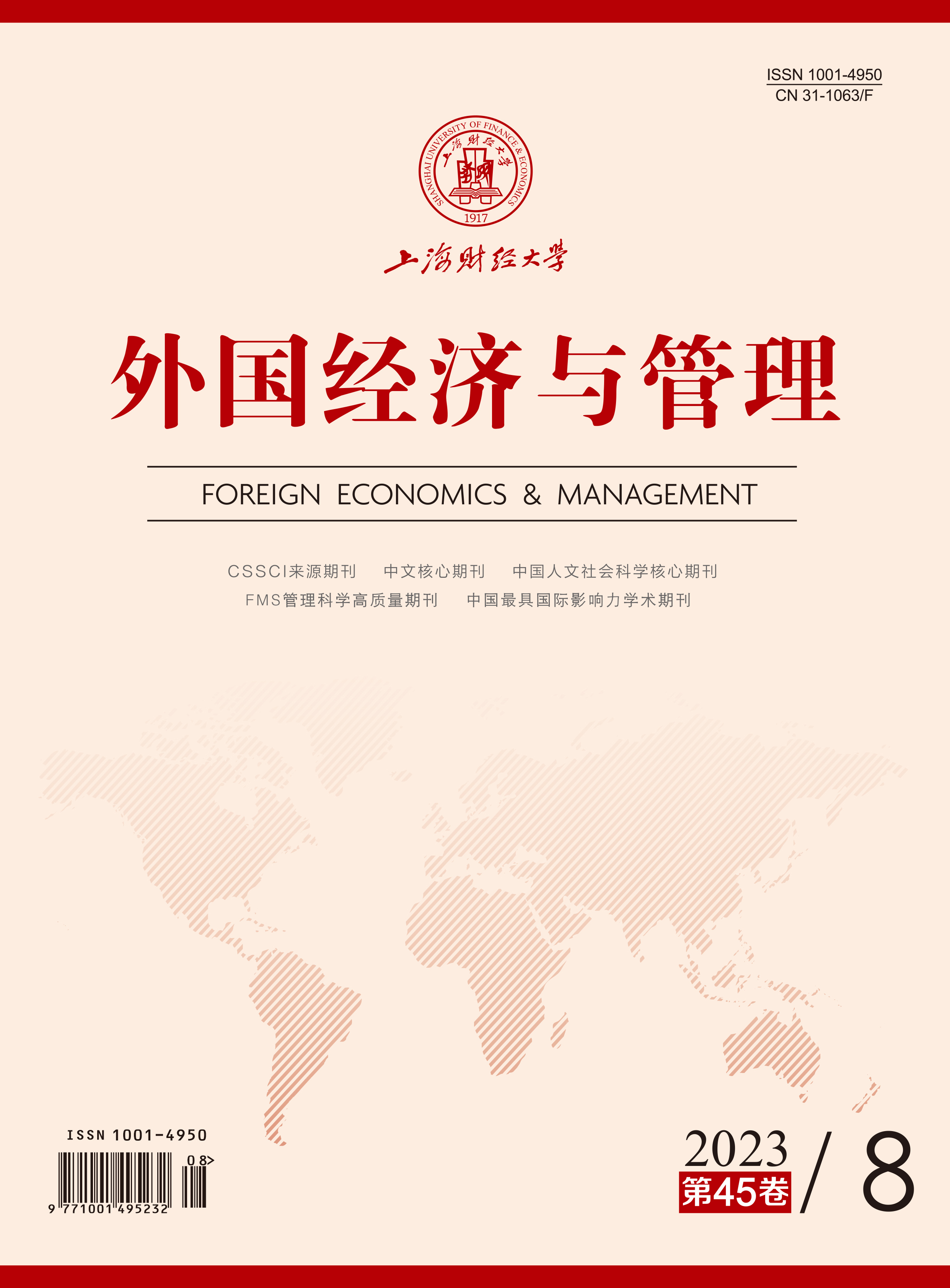This study abstracts a strategic framework to resolve the innovation inertia of platform-dependent enterprises by combining the typical interaction characteristics of multiple actors on platform and the typical platform governance tools of non-human actors. In this study, focus group interviews and paired questionnaires were used to collect data in stages to reveal the causal relationship between platform internal social exchange, platform governance tools and exploratory innovation. Through the fuzzy-set qualitative comparative analysis, the conditional configuration and driving mechanism leading to exploratory innovation of platform-dependent enterprises are revealed.
The results show that the synergy of platform’s multi-subject social exchange and platform governance tools constitutes the driving path of platform-dependent enterprises’ exploratory innovation, and the market-led configuration based on platform internal member interaction and policy-driven configuration based on government-enterprise interaction constitute the strategy system to get rid of innovation inertia. Although there are differences in the activity of different types of actors, the synergistic effect can be generated through conditional substitution. By optimizing and matching the interactive mode of multi-subject platform with platform governance tools, enterprises can effectively stimulate innovation vitality and get rid of innovation inertia.
First, this study expands the research horizon of actor network theory and platform governance theory, and enriches the research content in the field of platform innovation. Second, from the perspective of platform-dependent enterprises, this study explores the coordination strategy of platform decentralized governance and platform multi-subject social exchange, which is an important supplement to the mainstream research on platform enterprise-led governance. Third, this study reveals the difference in the activity of different actors in the emergence of exploratory innovation, identifies the incentives of enterprise innovation inertia, depicts the linkage and matching relationship between different actors, and expands the research scene of actor network theory.
The future directions are that: Future research can use the dynamic QCA method to more accurately interpret the dynamic evolution of platform-dependent enterprises’ exploratory innovation in temporal and spatial changes. It can also adopt the case study method to focus on the implementation process of the platform attachment strategy of SMEs, and deeply analyze the linkage effect of multi-subject interaction in the platform ecosystem and its impact on platform innovation, so as to reveal the ecological effect of platform embedding more profoundly.





 7959
7959  6562
6562

